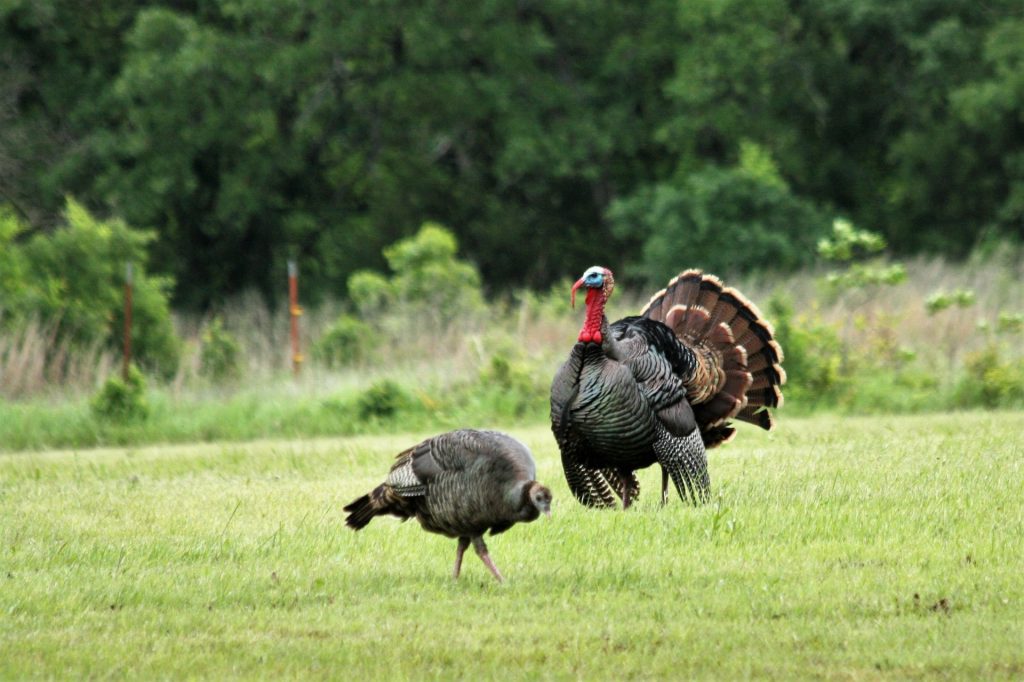Turkey hunting, a sport that combines tradition with outdoor adventure, primarily involves pursuing wild turkeys.
While its roots can be traced back to Native American practices, it has evolved into a popular activity across North America.
This guide focuses on a crucial aspect of turkey hunting: distinguishing between the Jake Turkey and the Long Beard.
Understanding this difference is not only essential for legal and ethical hunting but also enhances the hunting experience.
Types of Turkeys
North America is home to over 7 million wild turkeys, making turkey hunting a prevalent activity in the United States, Mexico, and Canada.
Particularly popular in the fall, this sport attracts both seasoned and novice hunters.
When embarking on a turkey hunting expedition, it’s crucial to recognize the different types of wild turkeys, especially for those new to the sport.
The three primary types are the Hen, Jake Turkey, and Tom Turkey (also known as Long Beard or Gobbler Turkey).
Hens, the female turkeys, are smaller with dark brown, dull feathers, short tails, and legs.
The challenge for hunters, especially in identifying the Jake Turkey, lies in distinguishing it from the mature Tom Turkey.
Both are male but have subtle differences essential for legal and ethical hunting practices.
This guide will focus on helping you understand these differences, with a special emphasis on Jake Turkey, ensuring you’re well-prepared for your next hunting adventure.
Key Differences Between Jake and Tom Turkeys
Understanding the fundamental difference between a Jake Turkey and a Tom (or Long Beard) Turkey is critical for responsible hunting.
A Jake is a young male, roughly equivalent to a one-year-old human, while a Tom, or Gobbler, is an adult male aged over two years.
Differentiating between these two is not just about following legal hunting regulations, which may vary by region, but also about ethical hunting practices.
While it’s legal to hunt both Jake and Long Beard turkeys in many areas, understanding the distinction is crucial.
Some hunters prefer not to hunt Jake Turkeys due to their youth, focusing instead on the mature Long Beards.
The identification process involves careful observation of several characteristics, such as the turkey’s beard, tail feathers, head color, gobbling sounds, and overall behavior.
These attributes are key in distinguishing the Jake Turkey from its more mature counterpart, the Long Beard Turkey.
This guide will provide you with detailed insights into each of these distinguishing features.
Turkey Beards
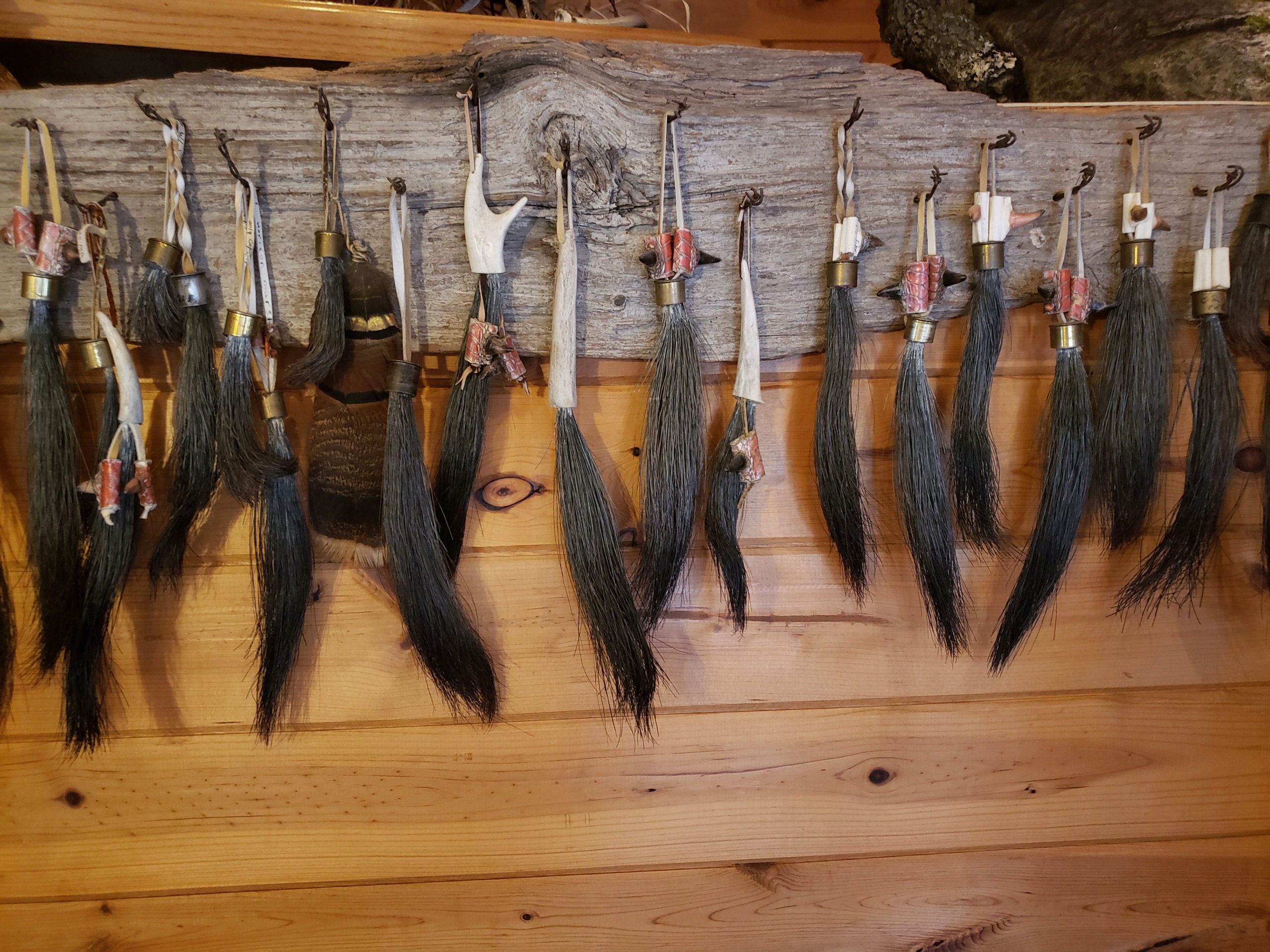
Beards are a prominent identifier in turkeys. While hens may have a sparse, short beard, male turkeys showcase more prominent beards.
A Jake Turkey typically sports a shorter beard, ranging from 2 to 3 inches, signifying its youth.
In contrast, a Long Beard Turkey boasts a longer beard, often reaching up to 10 inches and sometimes having multiple beards, indicating its maturity.
Tail Fan
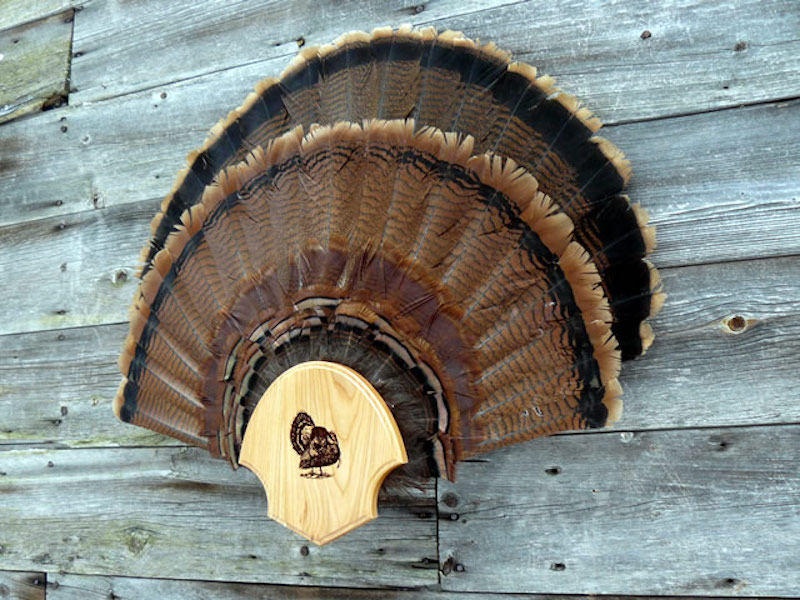
The Tail Fan is a significant differentiator. During their first year, Jake Turkeys lose their feathers except near the beard and central tail feathers.
This results in an uneven tail fan, with the central feathers standing taller. On the other hand, after its second summer, a Long Beard Turkey has a uniformly grown tail fan, contributing to its distinguished appearance.
Head Colour
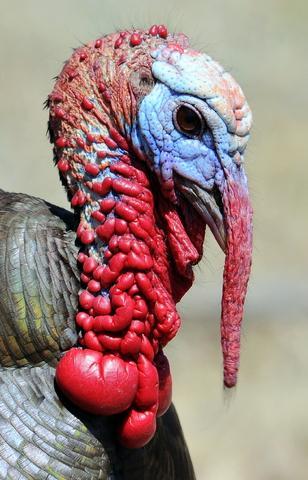
While both Jake and Tom Turkeys generally share similar head colors, subtle differences appear during the breeding season.
Jake Turkey’s head color is paler, with less intense red and blue hues, compared to Tom Turkey’s vibrant head, which displays a richer spectrum of reds and blues.
Turkey Spurs
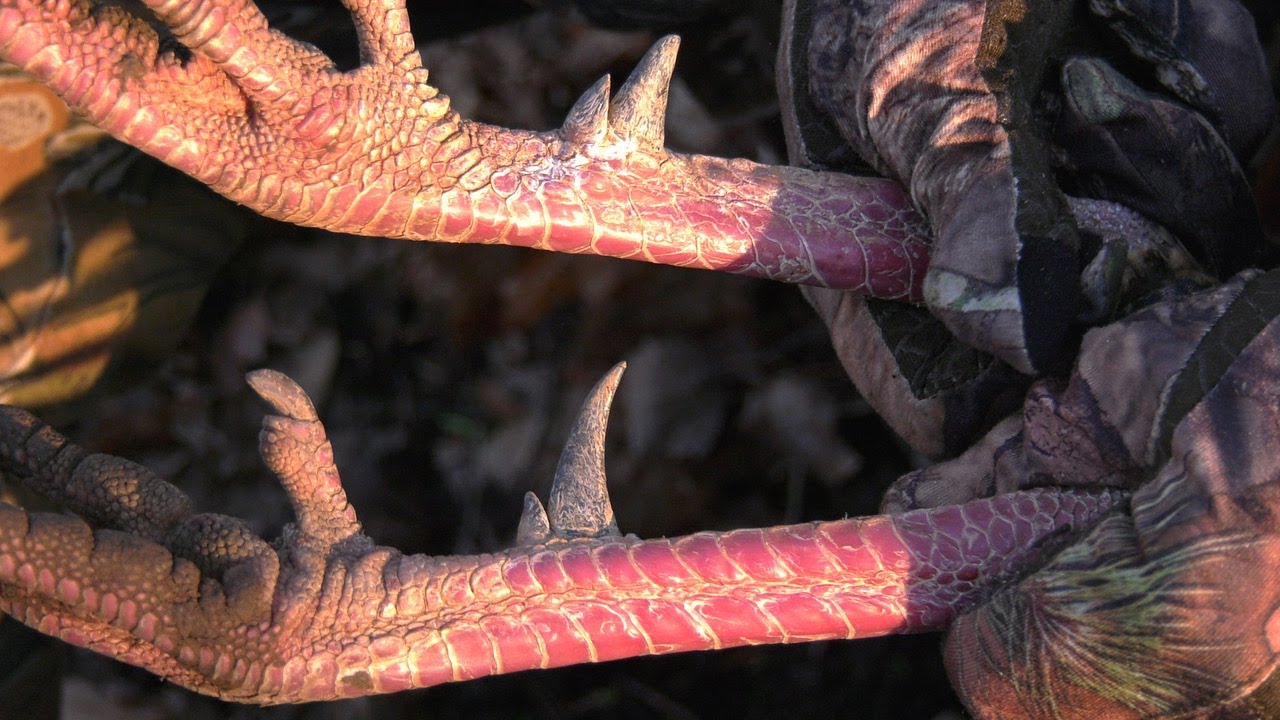
Gobbles
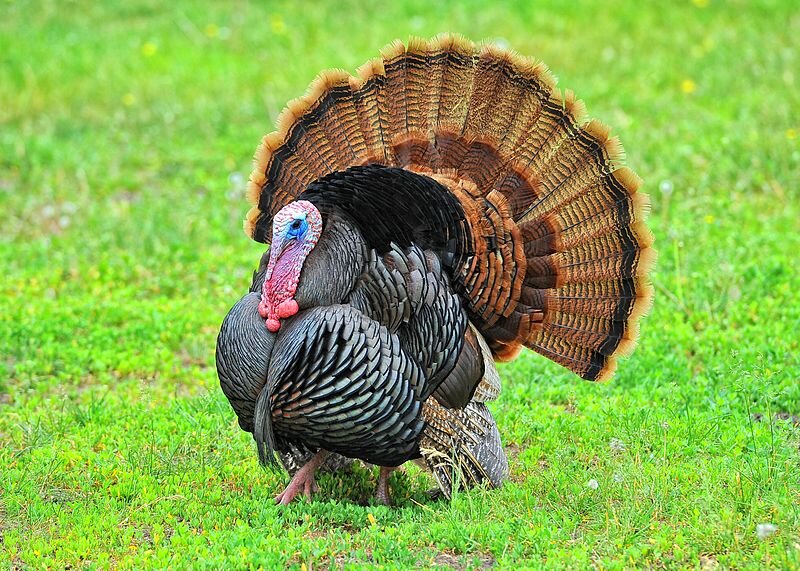
The gobble of a turkey is a nuanced identifier and requires attentive listening.
Jake Turkeys produce a softer, shorter gobble, less robust than that of a Long Beard Turkey.
The gobble of a Long Beard is loud and resonant, a stark contrast to Jake’s, making it a distinctive characteristic to listen for during hunting.
Behavior
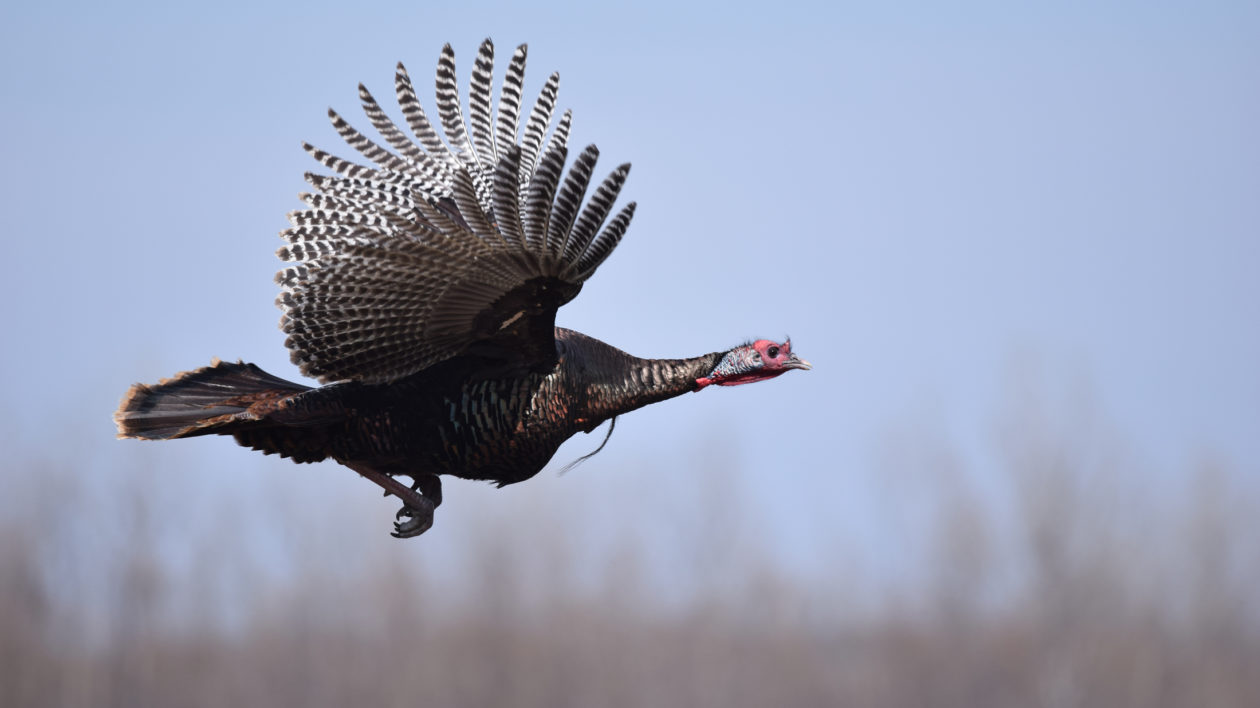
Understanding the behavior of Jake and Long Beard Turkeys is as important as recognizing their physical traits.
Generally, Beard Turkeys are more aggressive and assertive compared to Jake Turkeys.
In the presence of a Long Beard, Jake may exhibit subdued behavior, often avoiding direct interaction.
However, when in a group, Jake Turkeys can display bolder behavior, even when confronting a solitary Long Beard.
This dynamic is crucial for hunters to understand, especially when using decoys and strategizing their hunt.
Decoy Strategies: In terms of decoy strategies, a lone Long Beard might approach hen decoys more readily if no male decoys are present. Conversely, a dominant Long Beard may aggressively engage with Jake decoys. Such behavioral nuances are key to effective hunting tactics.
Comprehensive Approach: It’s vital to remember that these identifiers should not be used in isolation. Accurate identification requires a comprehensive approach, considering both physical characteristics and behavioral patterns. Hunters should be particularly cautious, as misidentification can lead to unintended consequences, such as targeting a protected species or causing accidents.
Safety Reminder: Safety cannot be overstated in turkey hunting. Always ensure the target is a turkey, not another hunter camouflaged or using turkey calls. Awareness and responsibility are paramount to prevent accidents and ensure a respectful hunting experience.
Conclusion
In summary, successful turkey hunting hinges on differentiating between Jake Turkey and Long Beard Turkey.
Key identifiers like beards, tail fans, head color, spurs, gobbles, and behavior are essential in this process.
Remember, ethical hunting is about respect for wildlife and adherence to regulations.
Stay informed, prioritize safety, and enjoy the rich tradition of turkey hunting with responsibility.

